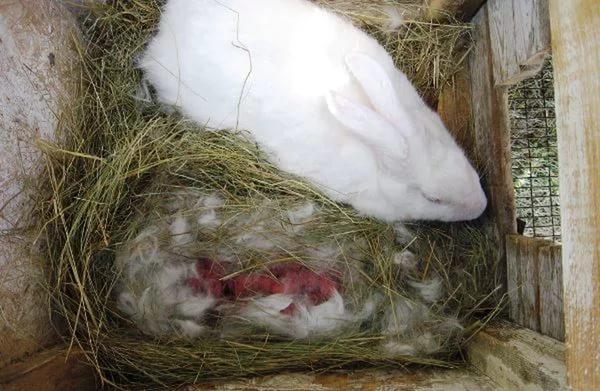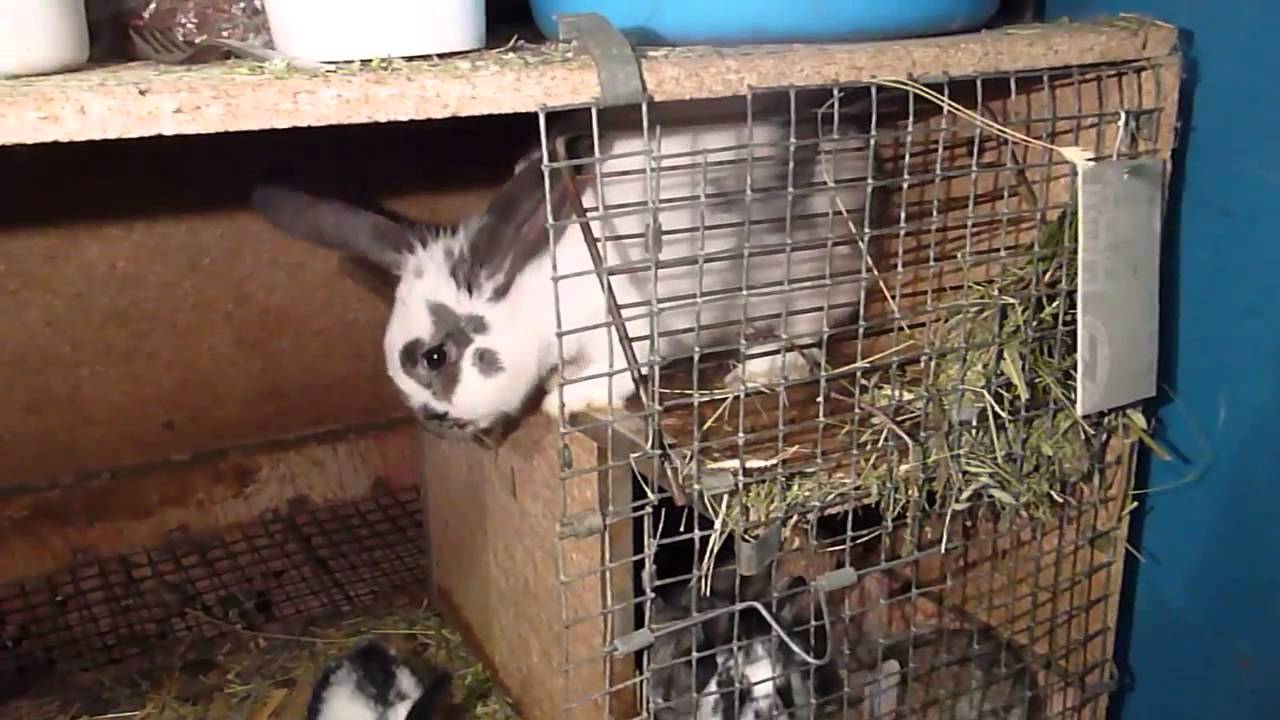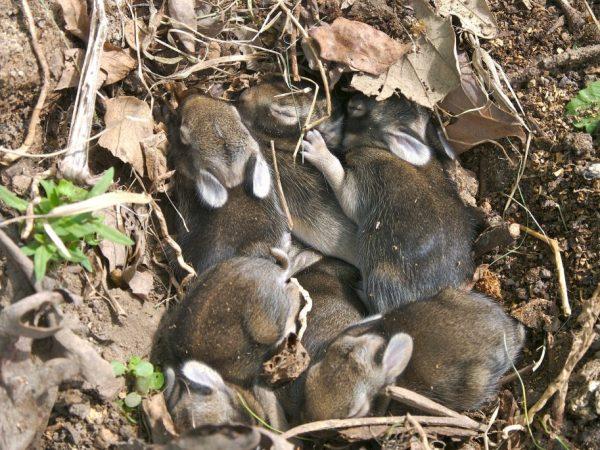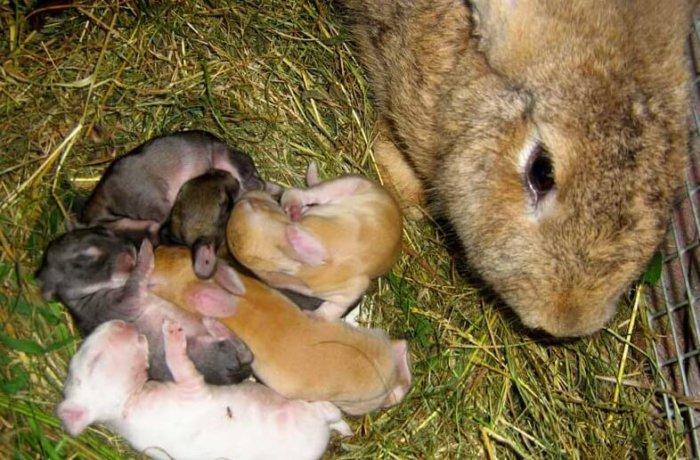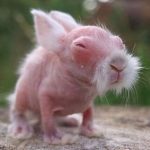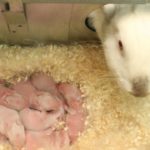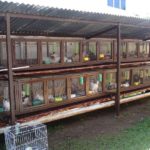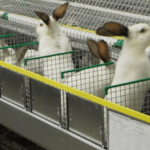Rabbits are bred to produce dietary meat and valuable fur. Females are capable of giving birth to up to 70 rabbits annually. Therefore, this type of business is economically profitable. Farmers do not allow uncontrolled breeding, worrying about the health of the animals. It is useful for new rabbit breeders to know how many days after giving birth they can breed a female rabbit again.
Timing of puberty in rabbits
After birth, the offspring are kept together near the mother until 3 months of age. After three months, the young are ready for mating.Therefore, rabbits are separated depending on their gender to avoid inbreeding. Early mating will not produce offspring, since the female rabbit has not yet developed the physiological characteristics for reproduction.
To reproduce offspring, they wait until the female reaches full puberty, which occurs at 5-6 months. Rabbit breeders determine the readiness of a female by the following signs: frequent urination, swelling of the genital loop, physical agitation. In some cases, the female rabbit may pull out the fluff on herself to make a nest. Sexual desire recurs every 7-9 days.
A rabbit's readiness to mate is determined by its behavior. He begins to actively mark his territory. During the male's molting period, mating is postponed until another time. At this time, the rodent's immunity is weakened.
Puberty occurs at different times in different breeds. The larger the individuals, the later the period of sexual activity begins. Females are allowed to mate after the first molt. Males can mate only after their second molt.
How many days after giving birth can a female rabbit be groomed?
Physiologically, the female rabbit is ready for giving birth the very next day after giving birth. But her body needs recovery. Too frequent mating leads to weakened immunity of the rabbit and deterioration of health. During the first days, she spends her resources on feeding her offspring. If a new mother becomes pregnant again, her maternal instincts will be significantly reduced. There should be no more rabbits in the litter than the female has teats, otherwise the remaining rabbits will die.
Industrial technology
Female rabbits bring up to 10 offspring annually. The gestation period for cubs is 28-34 days.From 5 to 10 rabbits are born. In rabbit breeding enterprises, the female is used for production for a year, then she is culled. Breeding individuals with excellent characteristics can mate with a male for two years.
In production, the female is given birth on the 20th day after giving birth. The young are separated from their mother on the 35th day. The female rests for about two weeks before her next litter.
Compacted litter technique
To increase the frequency of the appearance of new offspring, the method of compacted and semi-compacted litters is used. Rabbit breeders use this technique in exceptional cases, since it produces weak young animals.
With a compacted litter, the female is placed with the rabbit already 2-3 days after birth. The offspring are separated on the 29th day after feeding with milk. The semi-compact method involves the mating of a female with a rabbit within 10-20 days after birth. Baby rabbits are separated from their mother at 40 days.
Standard technology
It is used on small farms. The female rabbit is mated again on the 45-50th day. As a result, the female brings healthy offspring with strong immunity. Baby rabbits spend a month and a half with their mother. Young animals quickly gain weight, improving their health.
Rabbit breeders use the female for breeding for 2-2.5 years. The advantages of standard crossing technology include:
- the appearance of numerous, healthy offspring;
- complete restoration of the female’s body;
- Baby rabbits become independent after feeding;
- the maternal qualities of the rabbit do not decrease.
What problems might arise?
Healthy nutrition, proper care and adherence to breeding technology allow you to get a full-fledged addition to the rabbit family.Premature miscarriage or fetal resorption indicates problems with the female’s health. Before the next mating, the female should be checked for diseases.
A miscarriage in a female rabbit can be caused by other factors:
- Dietary disorder. The problem may lie in the incorrect selection of food or inconsistency in its composition.
- The rabbit could be exposed to a stressful situation: frightened by a sharp noise, a new environment.
- Manifestation of an infectious disease.
To preserve offspring, females include more nutrients, vitamins, and minerals in their diet. The animal must receive adequate nutrition and sufficient food.
If you follow simple rules when breeding rabbits, the farmer will receive healthy and full-fledged offspring. It is also important to maintain the timing of the birth.

